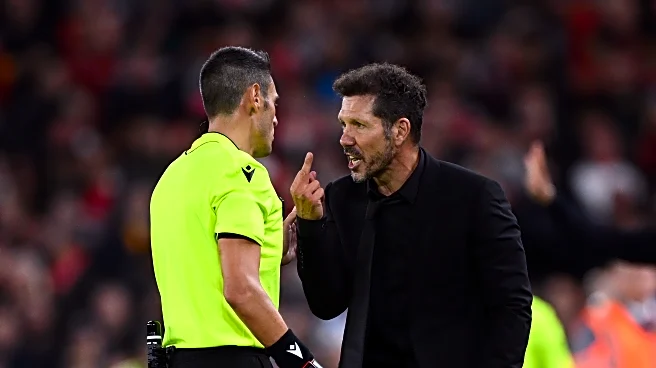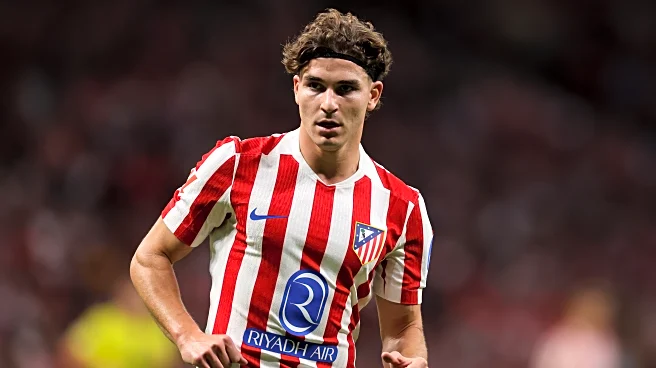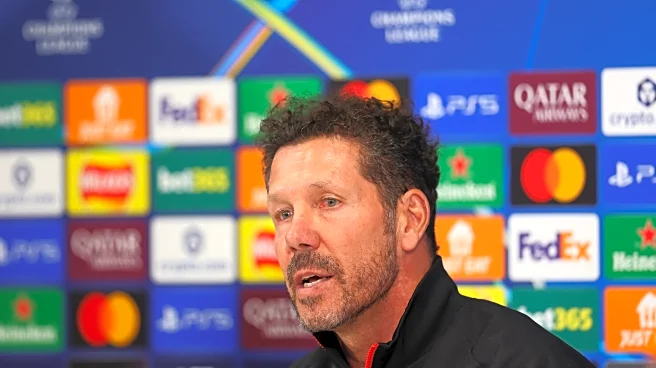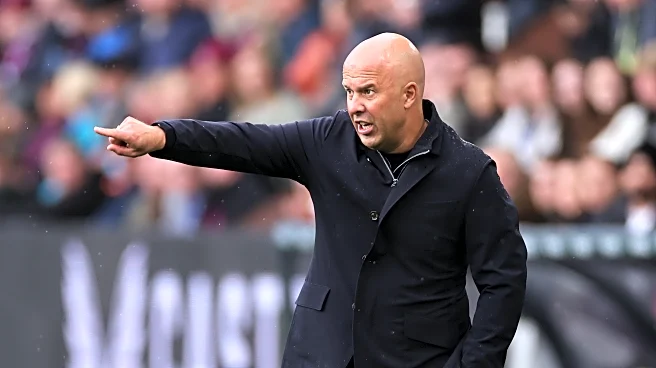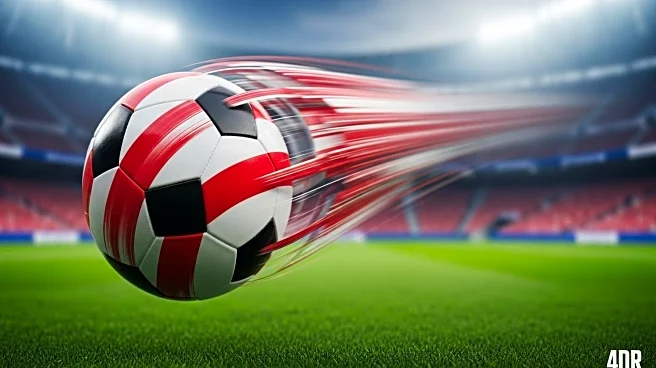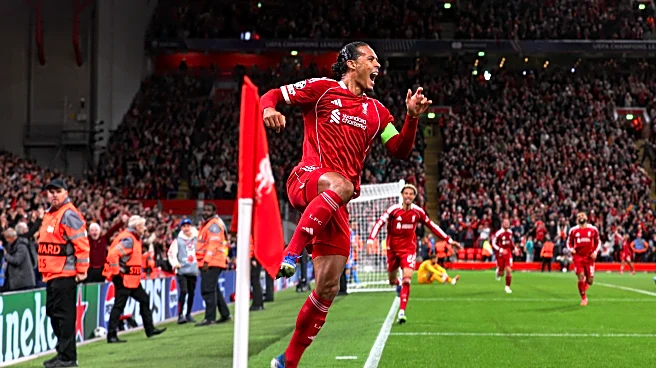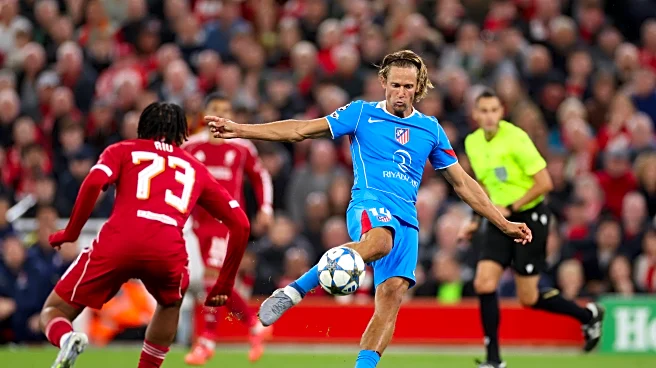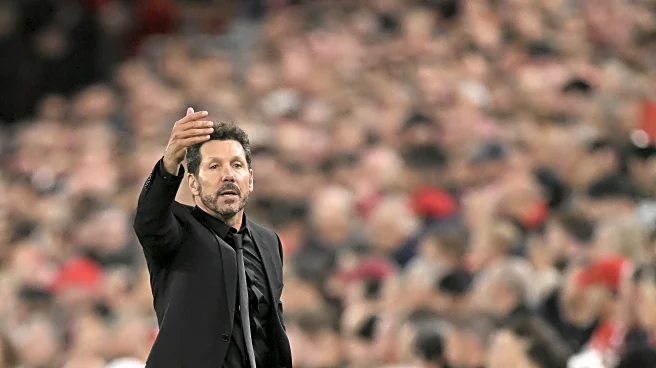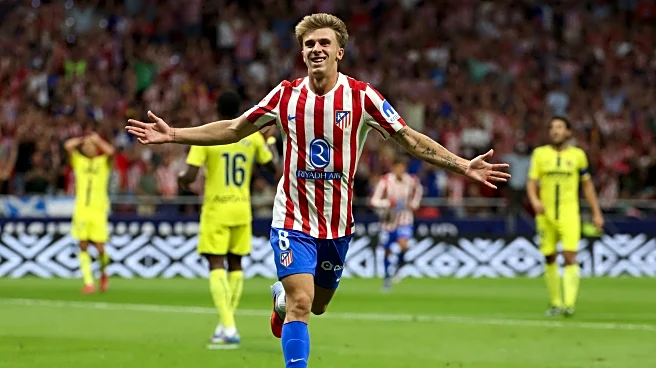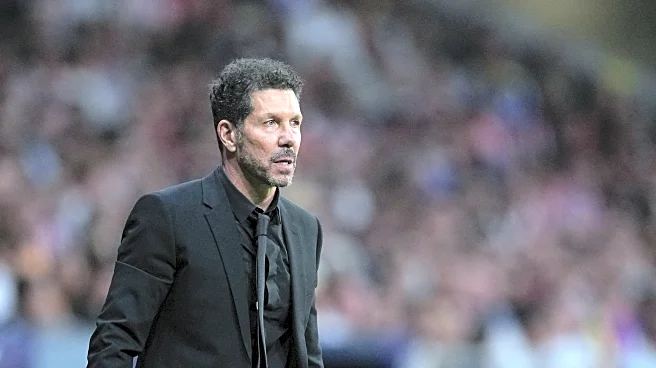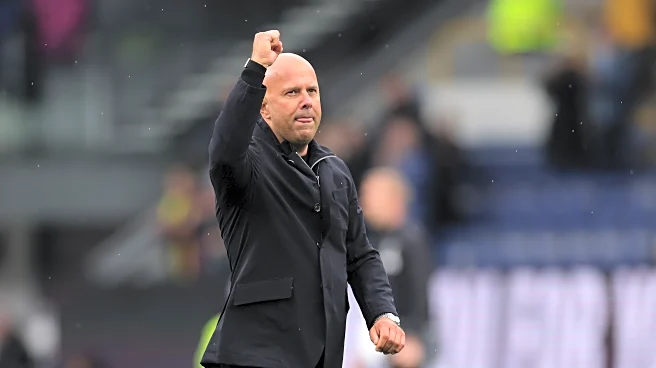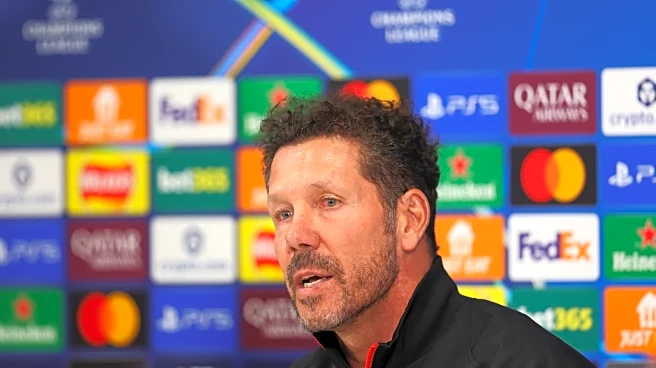In a Champions League encounter which climaxed like a Shakespearean drama, a spirited Atlético Madrid ultimately fell short, as a stoppage-time Virgil Van Dijk header was the final twist in the tale.
Atlético found themselves 0-2 down within six minutes, and it’s fair to say things were looking completely hopeless. But from that moment onward, Atlético performed very admirably in such difficult circumstances; absolute heroics from an invigorated Marcos Llorente pulled the game level with under 10
minutes remaining. But as the game headed into the final stages, Liverpool piled on the pressure and scored from a corner, sparking dramatic scenes bench-side where a riled-up Cholo Simeone aggressively confronted a taunting Liverpool fan in the stands. Alexander Sørloth then had a last-gasp free header that would have made it 3-3…but he spurned the chance, put on a platter for him by an inch-perfect Llorente cross.
Lots to unpack, here are the key takeaways:
Lenglet, on the one hand
Many Atlético fans pre-game were likely filled with a sense of dread knowing Clément Lenglet would be lining up against such a ferocious, fast, intense Liverpool attack. It really did not take long for these concerns to come to fruition.
In the 4th minute, Lenglet mistimed a tackle on Ryan Gravenberch just outside the box. He absolutely clattered the Dutchman, and Gravenberch poked the ball beyond him. From the resulting free kick, Mohamed Salah had a pop at goal that deflected off Andrew Robertson and into the net, Jan Oblak completely wrongfooted.

Atlético were rightfully punished for conceding such a dangerous foul in the opening stages, but two minutes later, Salah cut in and sucked Lenglet out of position by quickly exchanging passes with Gravenberch on the edge of the box. Salah then spun in behind a stranded Lenglet, got the ball back, and curled it into the far corner.
In fairness, Lenglet somewhat got to grips with the game from this moment on, but so much damage had already been done. He was simply way behind the required level. Games against such opponents, in this competition, are where weaknesses in this squad will be found out.
Think back to the latter end of last season, where Lenglet racked up calamitous errors and repeatedly cost Atlético points in LaLiga and put their position in the Champions League under question. At that moment, he was only on loan and Atelti had no obligation to follow through and sign him permanently. And yet they did, despite all the evidence against it hitting us right in the face, repeatedly.
Lenglet’s ball distribution — very good, in truth — was a key factor in the decision. But a few cross-field diagonals hardly feel worth everything else that comes with it. This plug should have been pulled at the end of last season: a cheap signing that works for the club, but is proving ever so costly as Atleti try to compete for trophies.
Llorente, on the other
At the other end of the spectrum, Llorente represented all that was good with Atlético — not only a representation, but through literal actions. He was at the heart of every chance, every defensive play, almost of every moment of Atlético ball progression. It was phenomenal.
I don’t know what it is with this man and Anfield; nobody can explain it. Llorente really does seem to channel the soul of some kind of Messi/Ronaldo hybrid every time he steps foot in Merseyside; he has a dog named “Anfield”, after all, named in light of his brace at the stadium on March 11, 2020. The atmosphere of such a historic stadium, against such a big rival, inspires him to find that extra level. He clawed Atlético back into the game on the stroke of half time after a neat one-two with Giacomo Raspadori that allowed him to poke the ball into the far corner, a hugely important goal and what Atlético deserved (notwithstanding the opening six minutes).
Later in the second half, he was moved from right-back into a more central midfield position, and this facilitated his second goal of the game. In the 81st minute, with Atlético pressing for an equaliser, Llorente connected with a looping ball on the edge of the box and lashed in an exquisite volley, albeit aided by a deflection, sparking joyous celebrations between the coaching staff and the players. Besides the two goals, Llorente also registered a 96 percent pass completion rate, made four recoveries, three clearances, and one tackle. He was dribbled past exactly zero times.
Now it is clear why Liverpool found so much joy down the other flank as compared to his right-hand side. If only Atletico could duplicate Llorente and play him at left-back also, and perhaps everywhere else on the pitch. The task for Simeone is to figure out where is he most sorely needed game-by-game and depending on the game state, which in fairness, he so often gets right.
So, after Llorente hauled us back into the game, things looked promising, and the scenes we saw unfolding at Anfield back in 2020 seemed to be repeating themselves. But there was no fairytale ending this time, just one reminiscent of an old Western:
Spirit and fight, exemplified by Simeone
On the pitch, Atleti produced a display that was eventually totally and utterly spirited. It was full of determination, passion and fight — traits which are so often proclaimed in the world of football, but not acted upon so often. But it was off the pitch where events most caught the eye in this regard.
After Van Dijk thundered in the winning goal, the camera cut to an enraged Simeone storming toward a section of the Liverpool fan base behind the dugout. He seemed to be beefing with one particular fan, and it was unclear exactly what this fan did or said to enrage Simeone to this extent; he of course will be accustomed to the usual opposition fan verbal abuse. It later emerged that the fan had been insulting, berating, even spitting at Simeone and his staff for the entire game.
Football can feel cruel, especially when you have thousands of people soaking in your demise. It was one of those moments where it boils over, you just snap, and all will later be forgiven, forgot, understood as the heat of the moment.
But I am wary to brush this matter off, because the extent to how far fan abuse can go is a grey area in football. Should managers and players be expected to endure abuse, without reaction? When does it go too far? What can be said and gestured, and what can’t? Would attempts to stamp it out just inhibit the fundamental tribal nature of competition and atmosphere?
“They insult you the whole match from behind the bench, and you can’t say anything because you’re the coach. My reaction isn’t justifiable, but after 90 minutes of insults you turn around after their goal and they keep insulting you,” Simeone said of the exchange. “The one who has to stay calm is me, and I have to endure the insults, the gestures, any situation from the other side, because you’re in a position where you have to endure it. In the same way that we fight persistently against racism, we could also fight for the situation we’re in, receiving insults.”
Football is not a pantomime, even though it feels like one. Many other sports have more tame and polite fan traditions. Maybe the solution is that any fan who desires to abuse and mock should have to sign an agreement where they have to accept a 1-on-1 fight with the person they are abusing post-match. Then let’s see who hurls abuse at Cholo Simeone from the safety of their perch behind the stewards!
But seriously, while Simeone’s reaction was of course misplaced passion and aggression, it should be noted that the on-pitch passion and aggression from Atlético is what matters most. It provides hope for the season to come, and is a reminder that flawed may this team be, it will still fight to the death, and this is a valuable trait Simeone is still able to impose on the group.
